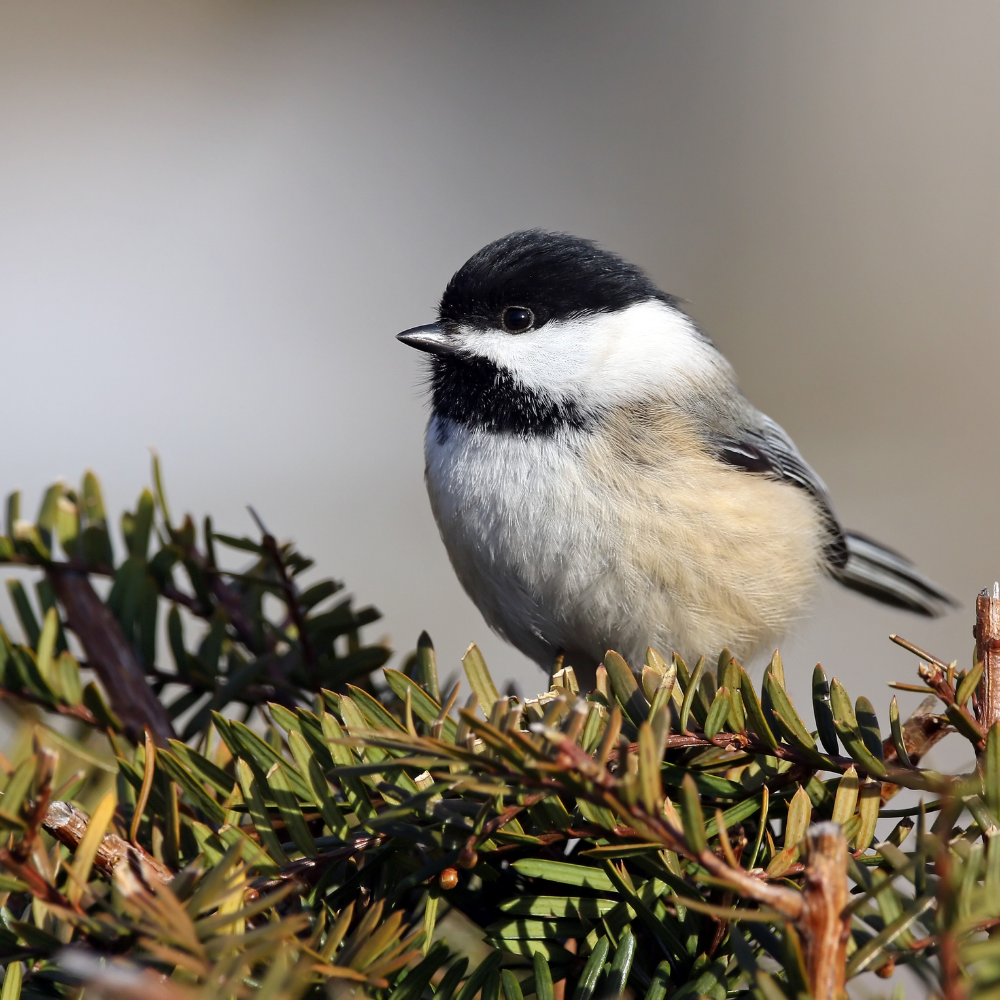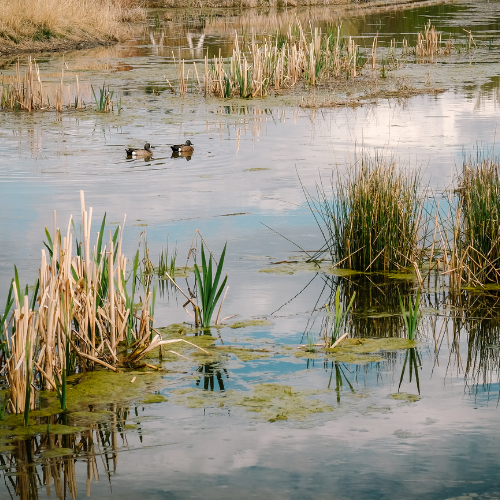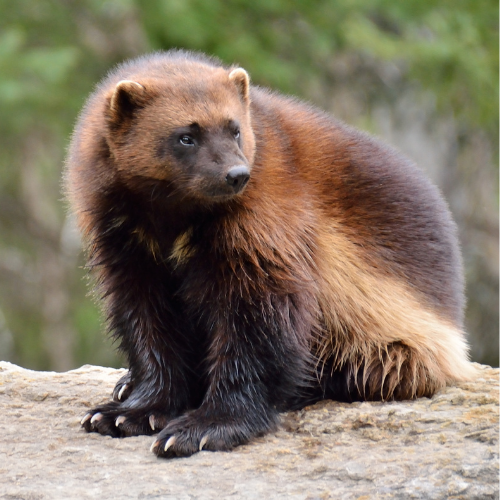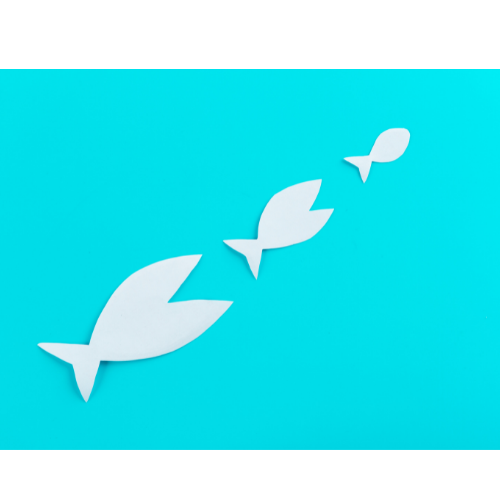Learn how the Niitsitapi (Blackfoot) were recording scientific data hundreds of years ago
PURPOSE
To teach about different ways of data recording, Indigenous Science and Ways of Knowing in Alberta
GRADE LEVELS
3-9
TIME NEEDED
30 minutes

SKILLS DEVELOPED
Managing information
Cultural and global citizenship
MATERIALS NEEDED
Computer
Speakers
Writing utensil
Paper
Instructions
Part 1
Listen to Napi and the Chickadees (YouTube)
Stories are an integral part of the indigenous world view and should not be classed as myths or superstition. Stories are usually told for a specific reason and not just for entertainment and should always be treated with respect.
Ask the class: Why is story telling so important? How can oral stories contribute to scientific data? Stories are not just for entertainment but help us to learn and connect with the land. Story telling is a primary teaching aid for many First Nations people.
Storytelling helps to keep history alive and passes information from one generation to the next. Oral story telling can give us an indication of the climate, weather patterns, wildlife, and influences upon the land before official record keeping began. The need to value the knowledge and traditions of people who have lived in this land for a very long time.
Part 2
Introduce a winter count. Winter counts are a pictural calendars created by the Kainai Peoples in Alberta. Each winter, one significant event was recorded. Ask the class: What do you think each of these symbols may mean? The image attached is the winter count interpreted by elder Bull Plume and missionary Canon William Haynes (1912).
“Five years into the Winter Count, they tell of the berries staying on the trees all winter. The Winter Count also has years when there was hail and thunder in the winter, and the deer and buffalo got stuck in deep snow. In other years the buffalo and antelope got sick following an eclipse, and strong winds were recorded as a significant event.”
Studying winter counts can give us in indication as to the weather, climate and changing environmental conditions, before official records began in Canada. These are valuable contributions as we study and research climate change.
Think about the most important thing that has happened to you , your family, or your community since the first snowfall of last winter. Choose one event as a reminder of the year and draw a symbol to represent this. As an option, have the whole class create a winter count timeline with their symbols.
More Bring Nature Home for Teachers
Bring Nature Home is our online database of tried-and-tested CPAWS Southern Alberta activities! Here are some ways that you can bring nature home (or to the classroom) today!



CPAWS Says!



An uncertain future: investigate species distribution



